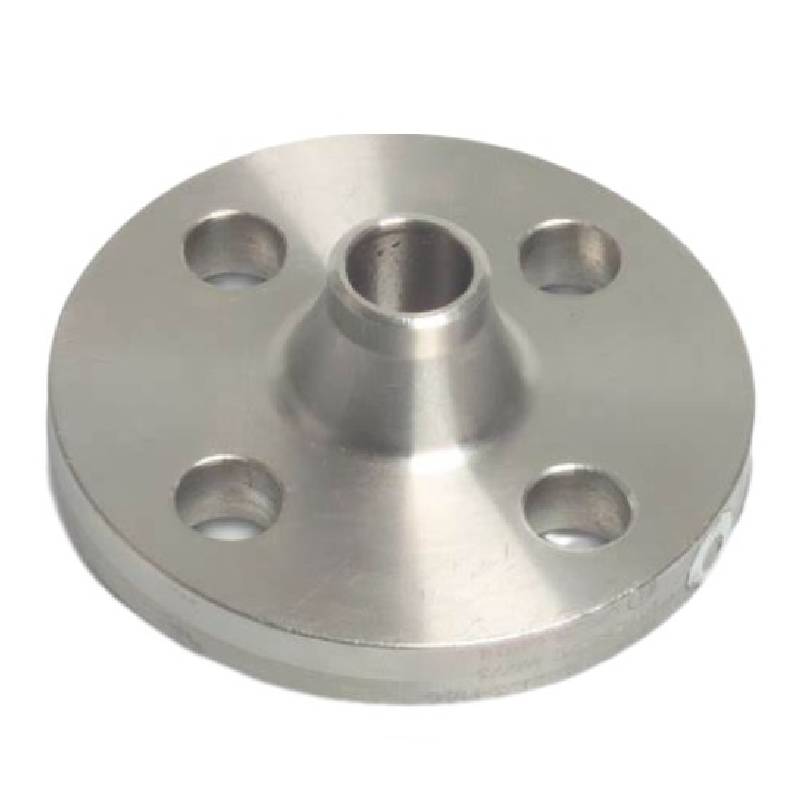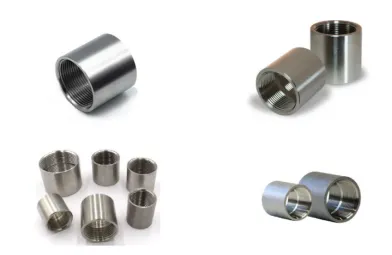-
Cangzhou Yulong Steel Co., Ltd.
-
Phone:
+86 13303177267 -
Email:
admin@ylsteelfittings.com
- English
- Arabic
- Italian
- Spanish
- Portuguese
- German
- kazakh
- Persian
- Greek
- French
- Russian
- Polish
- Thai
- Indonesian
- Vietnamese
- Zulu
- Korean
- Uzbek
- Hindi
- Serbian
- Malay
- Ukrainian
- Gujarati
- Haitian Creole
- hausa
- hawaiian
- Hebrew
- Miao
- Hungarian
- Icelandic
- igbo
- irish
- Japanese
- Javanese
- Kannada
- Khmer
- Rwandese
- Afrikaans
- Albanian
- Amharic
- Armenian
- Azerbaijani
- Basque
- Belarusian
- Bengali
- Bosnian
- Bulgarian
- Catalan
- Cebuano
- China
- China (Taiwan)
- Corsican
- Croatian
- Czech
- Danish
- Esperanto
- Estonian
- Finnish
- Frisian
- Galician
- Georgian
- Kurdish
- Kyrgyz
- Lao
- Latin
- Latvian
- Lithuanian
- Luxembourgish
- Macedonian
- Malgashi
- Malayalam
- Maltese
- Maori
- Marathi
- Mongolian
- Myanmar
- Nepali
- Norwegian
- Norwegian
- Occitan
- Pashto
- Dutch
- Punjabi
- Romanian
- Samoan
- Scottish Gaelic
- Sesotho
- Shona
- Sindhi
- Sinhala
- Slovak
- Slovenian
- Somali
- Sundanese
- Swahili
- Swedish
- Tagalog
- Tajik
- Tamil
- Tatar
- Telugu
- Turkish
- Turkmen
- Urdu
- Uighur
- Welsh
- Bantu
- Yiddish
- Yoruba

Feb . 15, 2025 06:29 Back to list
TPEP STEEL PIPE
Installing galvanized pipe requires precise knowledge and careful execution to ensure longevity and effective water flow systems. Galvanized pipes, renowned for their durability and corrosion resistance, have been utilized in various plumbing and construction applications for decades. Understanding the right techniques for installation can make the difference between a functional system and one prone to problems.
Another vital factor to consider is the water quality flowing through the pipes. Galvanized pipes are prone to internal corrosion if the water supply is too acidic or contains high levels of mineral content. Regularly testing water quality and using water softeners or appropriate filtration systems can mitigate this risk and maintain the integrity of the pipes. When installing galvanized pipes for outdoor applications, ensuring the pipes are secured properly to withstand environmental factors such as soil movement, temperature fluctuations, and physical impact is fundamental. Often, burying pipes requires proper trenching and backfilling techniques to avoid undue stress on the pipes. In situations demanding pipe bends, avoid bending galvanized pipes with excessive force which can crack the pipe or damage the zinc coating, leading to premature rusting. Prefabricated elbows and bends are recommended to maintain the structural integrity of the piping system. Maintenance is also a cornerstone of ensuring the longevity of galvanized piping systems. Regular inspections for signs of rust, leaks, or discoloration in water can proactively address potential problems. Promptly replacing sections of pipe that have corroded or are nearing the end of their service life can prevent larger issues and preserve the system's functionality. In conclusion, installing galvanized pipe systems necessitates a comprehensive understanding of both the properties of the material and the environmental factors affecting it. By combining precise installation techniques, awareness of potential risks such as galvanic corrosion, and ongoing maintenance, these pipes can provide a durable and effective solution for plumbing needs. Professional expertise and adherence to best practices are essential, ensuring not only the successful installation but also the long-term reliability of galvanized piping systems.


Another vital factor to consider is the water quality flowing through the pipes. Galvanized pipes are prone to internal corrosion if the water supply is too acidic or contains high levels of mineral content. Regularly testing water quality and using water softeners or appropriate filtration systems can mitigate this risk and maintain the integrity of the pipes. When installing galvanized pipes for outdoor applications, ensuring the pipes are secured properly to withstand environmental factors such as soil movement, temperature fluctuations, and physical impact is fundamental. Often, burying pipes requires proper trenching and backfilling techniques to avoid undue stress on the pipes. In situations demanding pipe bends, avoid bending galvanized pipes with excessive force which can crack the pipe or damage the zinc coating, leading to premature rusting. Prefabricated elbows and bends are recommended to maintain the structural integrity of the piping system. Maintenance is also a cornerstone of ensuring the longevity of galvanized piping systems. Regular inspections for signs of rust, leaks, or discoloration in water can proactively address potential problems. Promptly replacing sections of pipe that have corroded or are nearing the end of their service life can prevent larger issues and preserve the system's functionality. In conclusion, installing galvanized pipe systems necessitates a comprehensive understanding of both the properties of the material and the environmental factors affecting it. By combining precise installation techniques, awareness of potential risks such as galvanic corrosion, and ongoing maintenance, these pipes can provide a durable and effective solution for plumbing needs. Professional expertise and adherence to best practices are essential, ensuring not only the successful installation but also the long-term reliability of galvanized piping systems.
Next:
Latest news
-
ANSI 150P SS304 SO FLANGE
NewsFeb.14,2025
-
ASTM A333GR6 STEEL PIPE
NewsJan.20,2025
-
ANSI B16.5 WELDING NECK FLANGE
NewsJan.15,2026
-
ANSI B16.5 SLIP-ON FLANGE
NewsApr.19,2024
-
SABS 1123 FLANGE
NewsJan.15,2025
-
DIN86044 PLATE FLANGE
NewsApr.19,2024
-
DIN2527 BLIND FLANGE
NewsApr.12,2024
-
JIS B2311 Butt-Welding Fittings LR/SR 45°/90° /180°Seamless/Weld
NewsApr.23,2024











